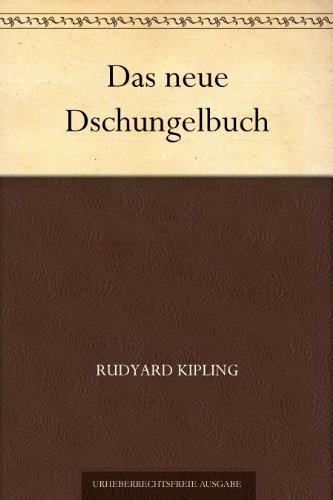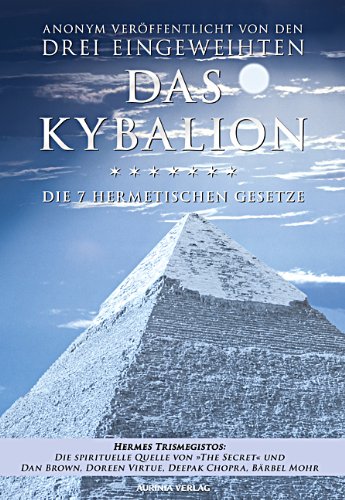Sublime
An inspiration engine for ideas
The slogan “First thought is best thought!” is an expression of that second principle, which is earth.
Chogyam Trungpa • True Perception: The Path of Dharma Art
"The Red Book and The Red Book: Jung, Tolkien, and the Convergence of Images"
youtube.comDie BIBEL | Elberfelder Ausgabe (eBibel - Für eBook-Lesegeräte optimierte Ausgabe) (German Edition)
amazon.com

Jung’s Alchemical Philosophy: Psyche and the Mercurial Play of Image and Idea (ISSN)
amazon.com
Der triumphale Einzug
SCM R. Brockhaus • Neues Leben. Die Bibel – Altes und Neues Testament (German Edition)
In December 2012, Norton additionally released a "Reader's Edition" of the work; this smaller format edition includes the complete translated text of The Red Book along with the introduction and notes prepared by Sonu Shamdasani, but it omits the facsimile reproduction of Jung's original calligraphic manuscript.[1]
While the work has in past years... See more
While the work has in past years... See more
Carl Gustav Jung • The Red Book (Jung)

Ein Vertrauen, durch das er im tiefsten Inneren wusste, dass diese Welt für ihn und alle, die auf ihn vertrauen, ein absolut sicherer Ort ist.